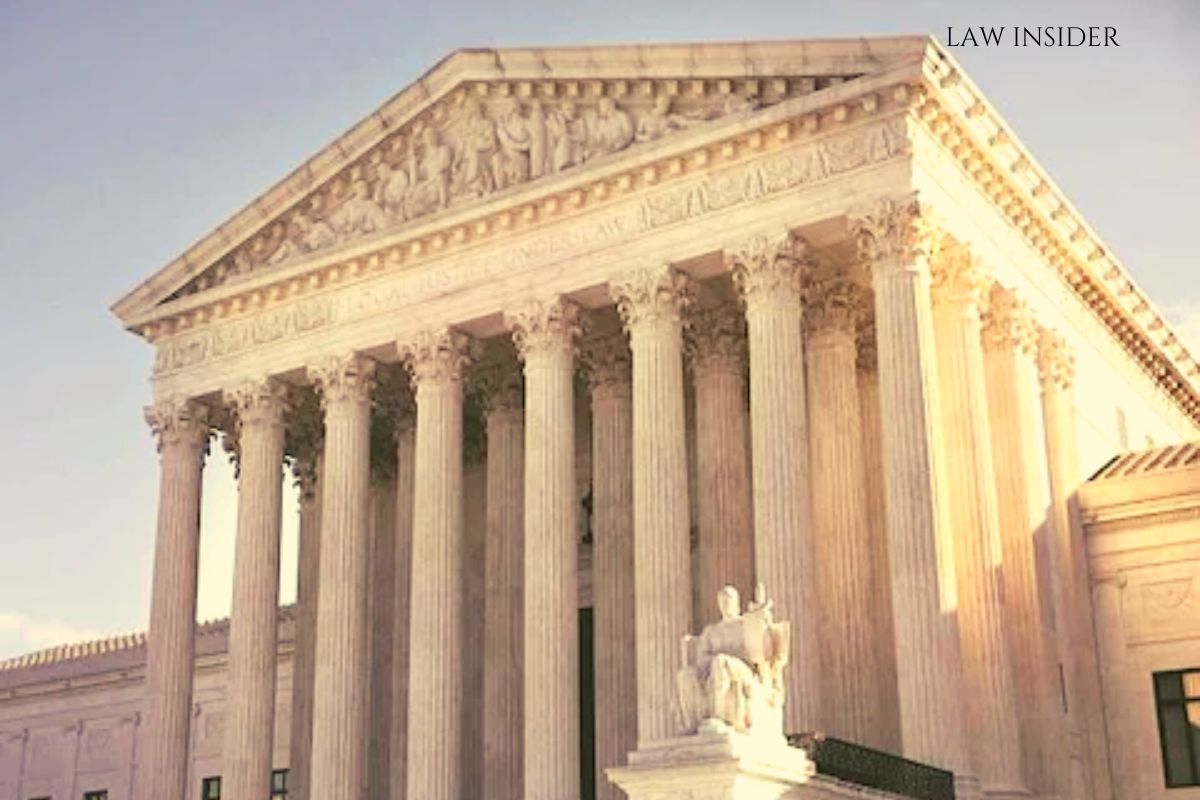Shashwati Chowdhury
Published on: July 1, 2022 at 17:16 IST
The Supreme Court on Thursday limited how the nation’s main anti-air pollution law can be used to decrease carbon dioxide emissions from power plants, dealing a blow to the fight against climate change.
The court said that the Clean Air Act does not grant the Environmental Protection Agency broad authority to regulate greenhouse gas emissions from power plants that contribute to global warming by a vote of 6-3, with conservatives in the majority.
The court’s decision might make the administration’s plans to tackle climate change more complicated. By year’s end, a proposal to regulate emissions from power plants is expected.
By the end of the decade, President Joe Biden wants to cut the nation’s greenhouse gas emissions in half, and by 2035, he wants the power sector to be emissions-free. Roughly 30% of carbon dioxide emissions come from power plants.
The arguments were heard on the same day that a United Nations panel issued a report warning that the effects of climate change are about to get much worse, the world is expected towards becoming sicker, hungrier, poorer, and more dangerous in the coming years,
The history of the power plant case is lengthy and complicated and starts with the Clean Power Plan under the Obama administration. According to that plan, states would have had to shift away from of coal-fired power plants in order to reduce emissions from the generation of electricity.
But that plan never happened. By a decision of 5-4, with conservatives in the majority, the Supreme Court blocked it in 2016 in response to a lawsuit brought by West Virginia and others.
The plan was put on hold, but the legal battle against it continued. But the EPA repealed the Obama-era plan once President Donald Trump took office. The agency argued that its authority to cut carbon emissions was limited, so it came up with a new plan that significantly reduced the role of the federal government.
The Trump plan was challenged in court by New York, 21 other, mainly Democratic states, the District of Columbia, and some of the biggest cities in the nation. The repeal and the new plan both were ruled against by the federal appeals court in Washington, and as a result, nothing was left in effect while the new administration drafted a new policy.

